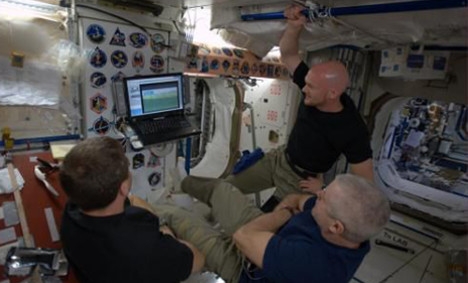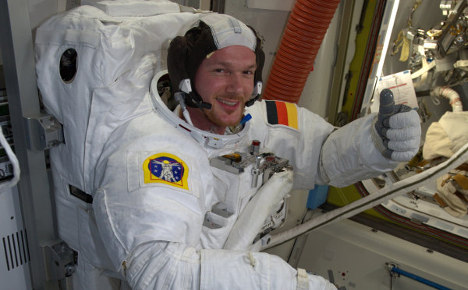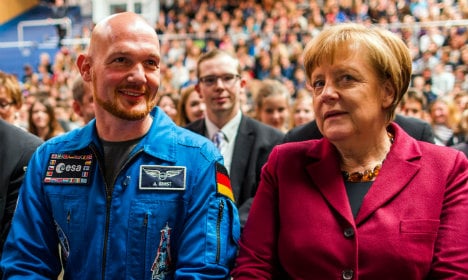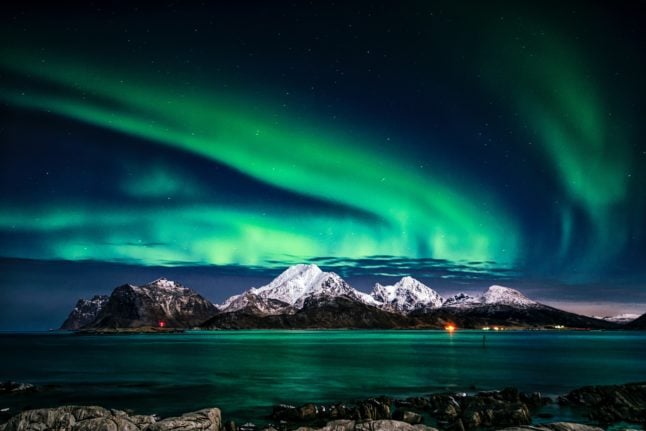Gerst, 39, who spent 165 days aboard the International Space Station (ISS) in 2014, explained the work of the astronauts and the importance of international co-operation to space research to the pupils in Stralsund, Mecklenburg-Western Pomerania.
Last Saturday, the day after 130 people were killed in Paris by terrorists, Gerst had tweeted images of Earth seen as a distant “Pale Blue Dot” in a photo taken by the Voyager spacecraft and one of his own photos taken from orbit, along with a message of peace.
The key to survival of our fragile human species is peace, respect, and tolerance. pic.twitter.com/YZ7IVWNObZ
— Alexander Gerst (@Astro_Alex) November 14, 2015
The German astronaut and vulcanologist told the children that he had never aimed to end up in space – but that his curiosity had led him to join the elite club.
Doing this capillary flow experiment in space we discovered several surprising mechanisms of fluid behaviour. pic.twitter.com/YON26147p0
— Alexander Gerst (@Astro_Alex) September 10, 2014
“You can do it, don't let yourself be talked out of [following your curiosity]” he told the pupils.
“A protected Earth, reasonable people who don't kill one another, life in freedom and tolerance,” were the things one learned to hope for in looking down from space, Merkel said.
And she didn't forget to get a plug in for Germany's own space programme, with a nod to the German Centre for Air and Space Travel (DLR).
The Twitter astronaut
Gerst was highly active on social media during his stay in space, posting regular updates about his experiments and the view from the ISS, including one spectacular video released by the European Space Agency (ESA).
NASA publicity photos showed him watching the World Cup final in Brazil, where Germany took their fourth title, last July.

Alexander Gerst and astronaut crewmates watching the 2014 World Cup aboard the International Space Station. Image: NASA
Gerst was also the third German in history ever to undertake a spacewalk.

Alexander Gerst trying on his spacesuit a few days before his spacewalk. Photo: ESA/NASA/DPA
He returned to Earth in November 2014 after months aboard the International Space Station with Russian and American colleagues and has been engaged in a gruelling publicity and training schedule ever since.
. @Astro_Alex & I ready for action for today's #spacewalk training @NASA_Johnson #NBL pic.twitter.com/SCd9BQi6GK
— Jessica Meir (@Astro_Jessica) November 18, 2015
Stranger than fiction
Gerst's striking bald-plus-beard look is also widely believed to have been the inspiration for German astronaut character Alex Vogel (played by actor Aksel Hennie) in recent hit film The Martian.
Vogel is even noted as coming from Gerst's hometown of Künzelsau, Baden-Württemberg, in a YouTube teaser trailer.
#
Image: 20th Century Fox/YouTube screenshot



 Please whitelist us to continue reading.
Please whitelist us to continue reading.
Member comments